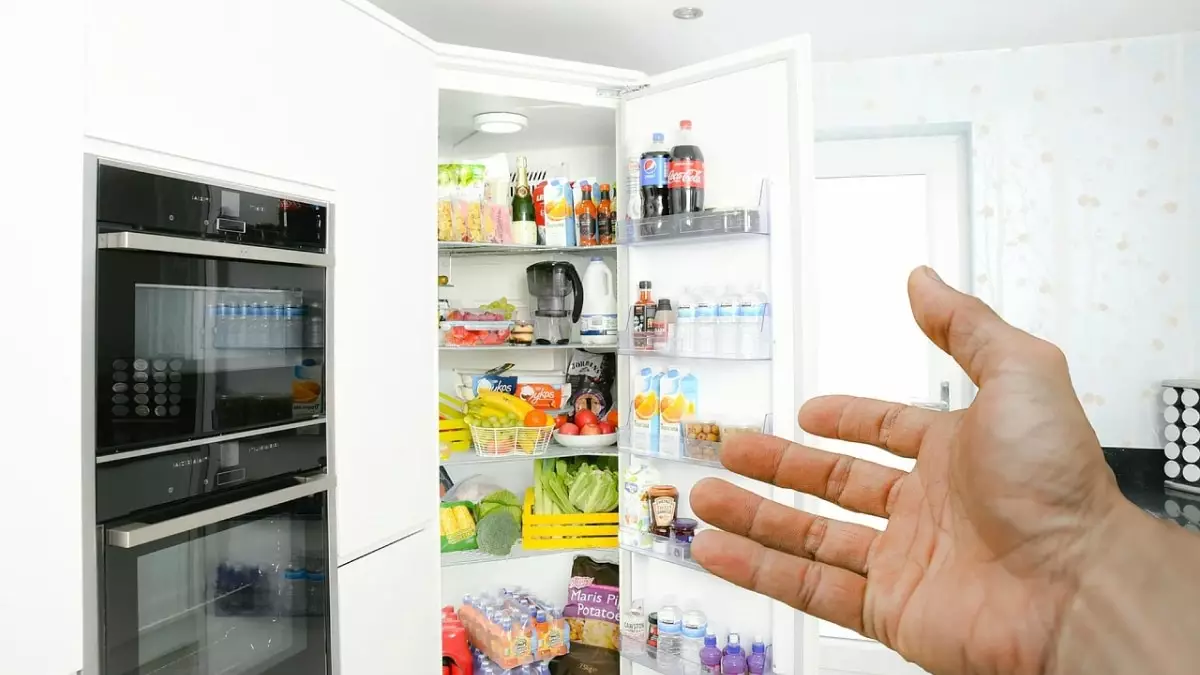In our quest for comfort, the refrigerants employed in current air conditioning and refrigeration systems are significant contributors to greenhouse gas emissions. The traditional liquid-based cooling processes, while efficient, rely heavily on volatile substances that can inadvertently escape into the atmosphere, exacerbating global warming. With climate change posing a dire threat, the search for sustainable alternatives has become critical to both industry and environment, igniting innovation in cooling technologies.
Innovative Approach: Utilizing Plastic Crystals
Enter a groundbreaking development from researchers at Deakin University that introduces plastic crystal technology as a potential game changer in sustainable cooling systems. This unique material has an intriguing molecular structure that allows it to undergo a transformation under pressure. When subjected to extreme pressure, the disordered orientation of the molecular framework shifts to an organized grid, capturing heat as the pressure is released. This transformation supports a heat absorption mechanism that could revolutionize the way we think about refrigeration, paving the way for an environmentally friendly alternative to conventional refrigerants.
One of the most compelling aspects of this plastic crystal technology is its operational temperature range. Unlike previous materials that necessitated high ambient temperatures to function effectively, the new crystals can operate efficiently between -37 degrees Celsius and 10 degrees Celsius. This range aligns perfectly with typical refrigerator and freezer temperatures found in most homes, substantially advancing the development of eco-friendly cooling solutions that do not compromise on performance.
Despite the promising innovations, the technology faces significant hurdles before it can be practically implemented. A major challenge lies in the high-pressure conditions required for the phase transition of these crystals, which is comparable to conditions found thousands of meters underwater. Dr. Jenny Pringle, a leading researcher in this domain, has been candid about these limitations, recognizing the necessity for continued research to surmount these barriers. Experts like Bing Li from the Chinese Academy of Sciences echo these sentiments, raising concerns about the long-term viability of the heat absorption capability due to potential molecular strain over time.
Nonetheless, the potential for this innovation is vast. David Boldrin from the University of Glasgow underscores the importance of this technology, suggesting it holds the key to a low-carbon future for the cooling sector. Currently, the technology exists largely in laboratory settings, but the implications of successful development could drastically reduce the carbon footprint associated with refrigeration systems.
The advent of plastic crystal technology marks a noteworthy milestone in the ongoing evolution of sustainable cooling. The path to practical application may present challenges, but the concerted effort of researchers and scientists offers hope for a future where cooling technologies significantly mitigate environmental impacts. With ongoing advancements in this realm, there is optimism that we may soon witness a substantial shift in how we approach refrigeration, ultimately contributing to a healthier planet.


Leave a Reply